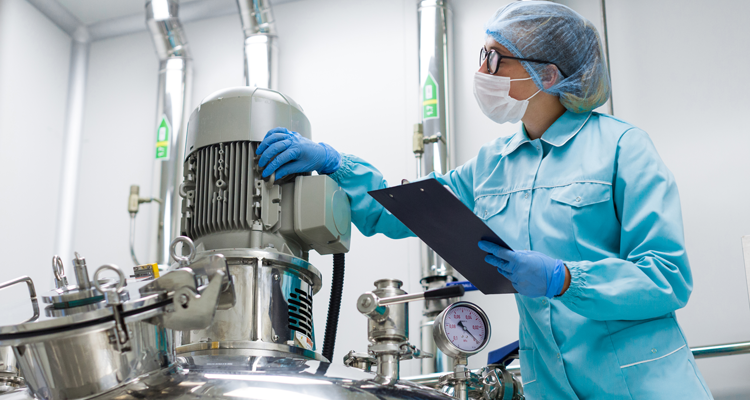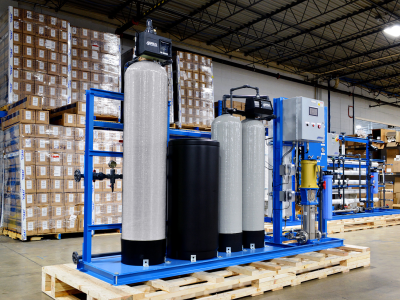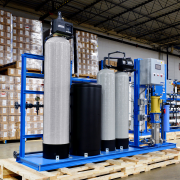Keeping tabs on the environment around industrial sites is super important these days for following regulations, being sustainable, and protecting people. Using smarter ways to monitor things can make the process a lot more accurate and helpful and some ideas that could work.
New sensor tech is big – stuff like the BAC-121063CEW spots all kinds of pollutants in the air and water to give an early head-up. Having real-time sensors that pick up even tiny amounts helps catch issues early so things can get fixed.
Putting Internet of Things tech into monitoring tools is big too. It lets all the sensors and data analysis tools talk to each other. Seeing all the air and water quality stats in real-time makes it easier to stay on top of things. People can even monitor stuff remotely, which is convenient.
Crunching all the environmental data with analytics tools can find patterns. So, if something weird starts happening it gets flagged quickly before it becomes a bigger problem. Monitoring way more data points makes it easier to notice changes.
Having lots of air quality checks around factories gives the full picture of what’s happening in the whole neighborhood. Tracking things continuously makes it possible to really understand the overall impacts and then tackle the worst emission issues.
Same for keeping tabs on water quality – need to know if the water discharged from a plant meets standards or not with sensors and live monitoring. This proactive approach helps industries manage water pollution, comply with regulatory standards, and contribute to sustainable water resource management.
Aerial surveillance using drones enhances environmental monitoring by providing a bird’s-eye view of industrial facilities. Drones equipped with environmental sensors can detect emissions, spills, or other environmental hazards. This technology facilitates efficient and cost-effective monitoring of large industrial sites, enabling quick responses to potential environmental incidents.
Investing in regulatory compliance software streamlines the monitoring and reporting processes. These platforms often integrate with monitoring equipment, collect data in real-time, and generate comprehensive reports for regulatory authorities. Automated compliance solutions reduce the risk of errors, ensure accurate reporting, and facilitate adherence to environmental regulations.
Conclusion:
Implementing advanced strategies for enhanced environmental monitoring in industrial facilities is imperative for promoting sustainability, meeting regulatory requirements, and fostering responsible corporate citizenship. By embracing sensor technology advancements, such as SCE-36H3612SS6LP, IoT-enabled systems, big data analytics, comprehensive air and water quality monitoring, drones for aerial surveillance, regulatory compliance software, and transparent public reporting, industries can elevate their environmental stewardship. These strategies not only ensure regulatory compliance but also contribute to the development of environmentally sustainable practices, benefiting both industries and the communities in which they operate.











Comments